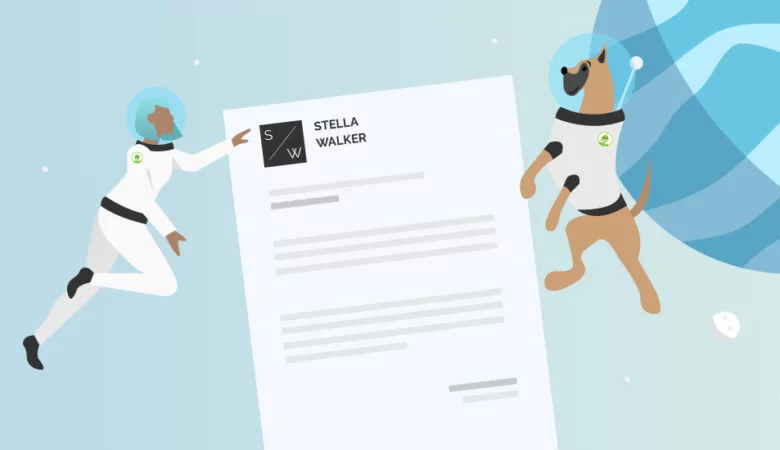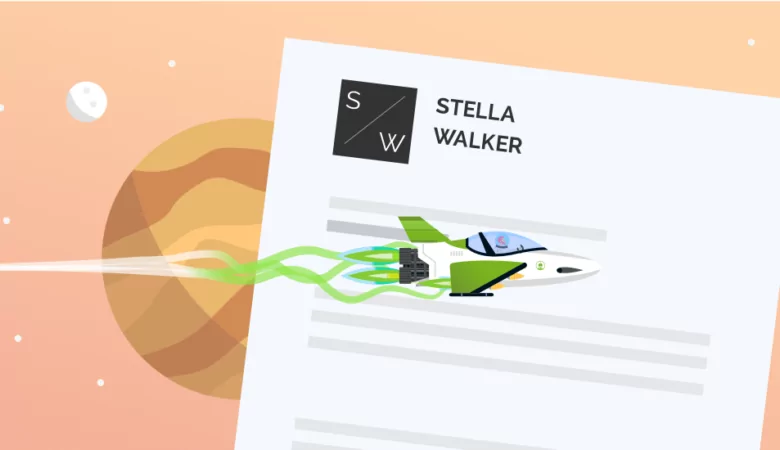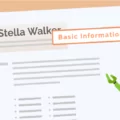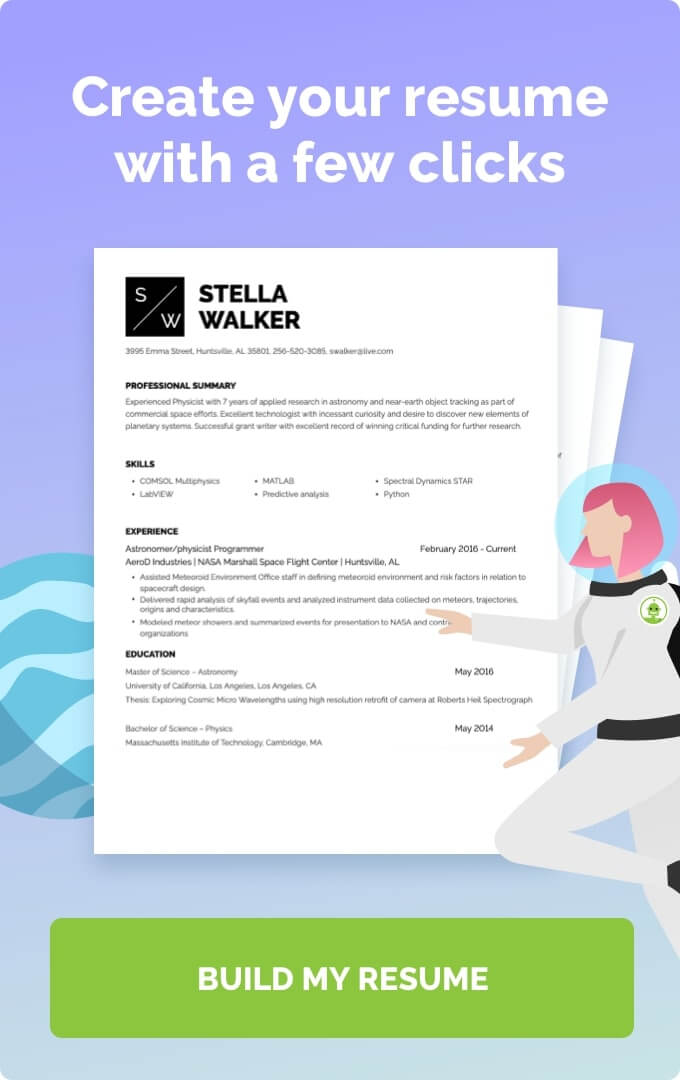Everything you ever wanted to know about cover letters for professionals, including what they are, why they’re so important, and how to write the best one possible.
Table of Contents
- – Introduction
- – What’s a Cover Letter for Professionals?
- – Why Do I Need to Write a Cover Letter?
- – Structure of a Professional Cover Letter
- – Cover Letters for Professionals: Dos and Don’ts
- – What to Include in a Cover Letter
- – What NOT To Include in a Cover Letter
- – Cover Letters for Professionals FAQs
- – The Final Word on Professional Cover Letters
 Introduction
Introduction
You can rage against the cover letter all you want…but if you want to land a job, you’ve still got to write one.
As much as people love to hate it, the cover letter can wield great influence over whether or not a job offer will come your way. It lets you show a potential employer your impeccable manners, allows you to highlight specific parts of your resume, and can overall give you a leg up on the job application process.
Read on to learn why a cover letter matters for professionals and how you can write a great one.
 What’s a Cover Letter for Professionals?
What’s a Cover Letter for Professionals?
A cover letter is an introductory letter that accompanies your resume. In terms of its function, it acts as an introduction and a preview of the rest of your resume package.
Typically, a cover letter will be one page or less. It will include a brief overview of your experience and will highlight key points that the hiring manager can expect to find in your resume.
 Why Do I Need to Write a Cover Letter?
Why Do I Need to Write a Cover Letter?
The sad truth is that most HR managers don’t read cover letters. Unfortunately, that doesn’t mean you can ditch the practice. After all, some of them still do read cover letters, and you have no way of knowing which camp your potential employer will fall into.

According to Arno Markus, the founder and CEO of iCareerSolutions and an award-winning executive resume writer, career strategist, and recruiter, plenty of people–especially young job applicants–are trying to get away with not writing a cover letter. But according to him, you should avoid the temptation: “You’re never going to go wrong with a cover letter. You might be able to get away with it, but it’s not worth the risk. I’m a recruiter and my clients want to see cover letters.”
For one thing, the simple fact of its inclusion is a show of respect. As Markus notes, the cover letter can help “personalize your application.” For example, you can go on LinkedIn to figure out who to address the letter to–and subtly demonstrate that you’re interested enough in the position to go the extra mile and find the appropriate contact. Even if they don’t read the letter, you still might get a gold star for addressing it to the right person.
Additionally, a hiring manager might not read your cover letter right away, but if they’re intrigued by your resume, they might circle back to it. Make sure it’s there for them to find!

Your cover letter also gives you the opportunity to shine a spotlight on certain things from your resume. As a professional, you want to show achievements that are particularly relevant in the role offered. If you’re new to an industry, you want to explain the education and past work that will help you succeed.
Alternatively, the cover letter gives you a place to briefly explain exceptional circumstances such as career shifts or oddities on your resume. However, it’s important to exercise restraint in such cases–we’ll talk more about that in a little bit.
 Structure of a Professional Cover Letter
Structure of a Professional Cover Letter
Now that we’ve convinced you that the cover letter is necessary, let’s talk about how to put one together.
How to Format a Cover Letter
A cover letter for professionals should follow the general structure of a business letter. For specific examples of cover letters. But in general, here’s how it goes in order:
- Date: The date you’re writing the letter.
- Recipient: Be sure to note who the letter is addressed to. This might be a department, a hiring manager, or a specific person.
- Organization name and address: Write the address of the organization you’re sending the letter to, including as much information as you have: name, address, city and state, etc.
- Salutation: Ideally, you’ll have a specific contact to include in the salutation. However, if you’re unable to find one, sticking with “Dear Recruiting Manager” or “To Whom it May Concern” is a good choice.
- Body: This is the main portion of your cover letter. The opening paragraph should go right into your interest in the position. The body of the letter can address specific skills or experience that you bring to the table. To close, sum up why you believe you are a good fit, and include your contact information.
- Closing: Finish by signing. “Sincerely” is always a classy pick. Include your name at the bottom of the letter.
How Long Should a Cover Letter Be?
One page is more than enough for your cover letter, and try to keep it to a few short paragraphs. Remember: you’re not telling your life story here, you’re spotlighting what is most important in your resume.
 Cover Letters for Professionals: Dos and Don’ts
Cover Letters for Professionals: Dos and Don’ts
Want to make your cover letter really shine? Follow these tips for what to do to set yourself apart…and what to avoid lest you get placed in the cover letter hall of shame.
What to Include in a Cover Letter
A Preview of What’s to Come. Your professional cover letter is like a coming attraction for the main event: your resume. It’s not necessarily a personal letter of introduction, so remember to keep it specific to the job at hand.
As such, Markus suggests, “It’s designed to provide a synopsis of what is in the resume. Try to find some great things you have included in the resume and focus on them.”
Keywords From the Job Listing. In your resume, it’s important to demonstrate that you’ve actually read and considered the job listing. You can do this by including specific terms and phrases from the job listing. According to Markus, your resume should “focus on branding, optimization, and keywords.” Everything in your cover letter should be relevant to the specific job listing, and there shouldn’t be anything in the cover letter that isn’t in your resume.
Relevant Connections. The cover letter can be used to mention network connections that might be helpful…but proceed with caution.
For instance, if you’re applying for a position at a tech company and you’ve worked at a partner company for the past 10 years, it’s relevant. According to Markus, “This shows that you’re familiar and have had contact with the company. It shows that it’s going to be an easier onboarding process because you’re already familiar with the company.”
| ✓ Cover Letter “Do’s” Review | |
|---|---|
|
✓ A Preview of What’s to Come: What are your future goals with this job?
✓ Include Keywords From the Job Listing: Demonstrate that you’ve actually read and considered the job listing.
✓ Relevant Connections: Mention network connections that are relevant and might be helpful, because they shows you’re familiar with the company.
 |
|
What NOT to Include in a Cover Letter
Too much information. Your job in a cover letter is to promote yourself as the best fit for the company’s needs…not to qualify your life decisions. There may be some instances where you’ll need to explain a career shift or gap. However, according to Markus, it’s generally a better approach to “fill in gaps with professional development, volunteerism, and consulting” rather than bringing unnecessary attention to lapses in employment.
Connections that don’t make sense. Above, we talked about how it makes sense to mention certain connections. However, not all connections really bear merit on your cover letter. For example, maybe you went to high school with the CEO, but the person actually reviewing your letter isn’t too likely to care. Be intelligent about mentioning connections, and make sure they’re relevant to the job.
References. You will need references at some point in the job application process, but don’t include them on your cover letter. References should be listed on a separate document.
Salary Requirements. Once again, the salary conversation will come up at some point during the job application process, but that typically comes later on. The cover letter is not the place to specify your salary requirements.
| X Cover Letter “Don’ts” Review | |
|---|---|
|
X A cover letter is to promote yourself, avoid too much information.
X If you mention any career achievements, make sure that they are relevant to the job you are applying for.
X Don’t include references on your cover letter, listed on a separate document.
X Any salary conversation typically comes later on the job application process, don’t include them in your cover letter.
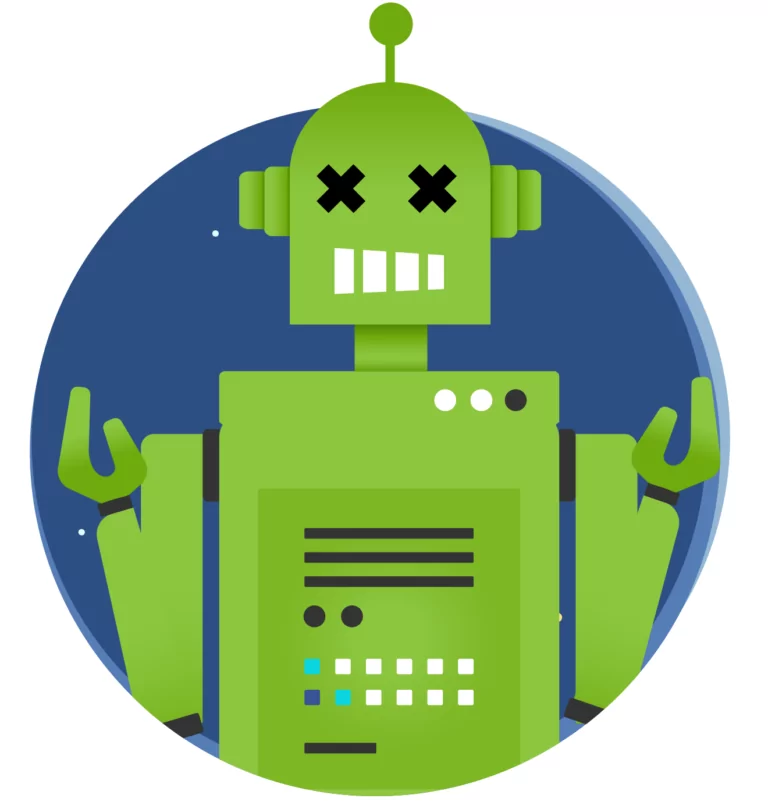 |
|
 Cover Letters for Professionals FAQs
Cover Letters for Professionals FAQs
To finish up, let’s address some questions that may still be lingering:
- Q: Do I really have to write a cover letter?
A: Yep. Sorry. Even if nobody ever reads it, there’s enough of a chance that someone will that you still need to do it. - Q: Can I make my cover letter artistic?
A: Avoid the temptation to use flashy fonts or colored type in a professional cover letter. You never get a second chance to make a first impression, and you want to wow them with your experience and skill set–not with flashy visuals. This can come off as distasteful. - Q: Can I use the same cover letter for multiple jobs?
A: Sorry, but no. Like your resume, your cover letter needs to be tailored to each and every job. They can all be variations of the same template, but you’ll need to personalize the wording every time.
 The Final Word on Professional Cover Letters
The Final Word on Professional Cover Letters
The cover letter may be a formality, but it remains an important part of the job application process. Even if nobody reads the cover letter, its very presence is a demonstration of your respect and sense of etiquette, so it can contribute to a good first impression.
If someone does read the cover letter, you want to reward them for doing so. Show them what on your resume will be most appetizing, and how you are specifically and singularly qualified to fit their specific needs. Remember: it’s not necessarily about showing your sparkling personality and wit, but highlighting why you’re the best candidate for the position at hand.


